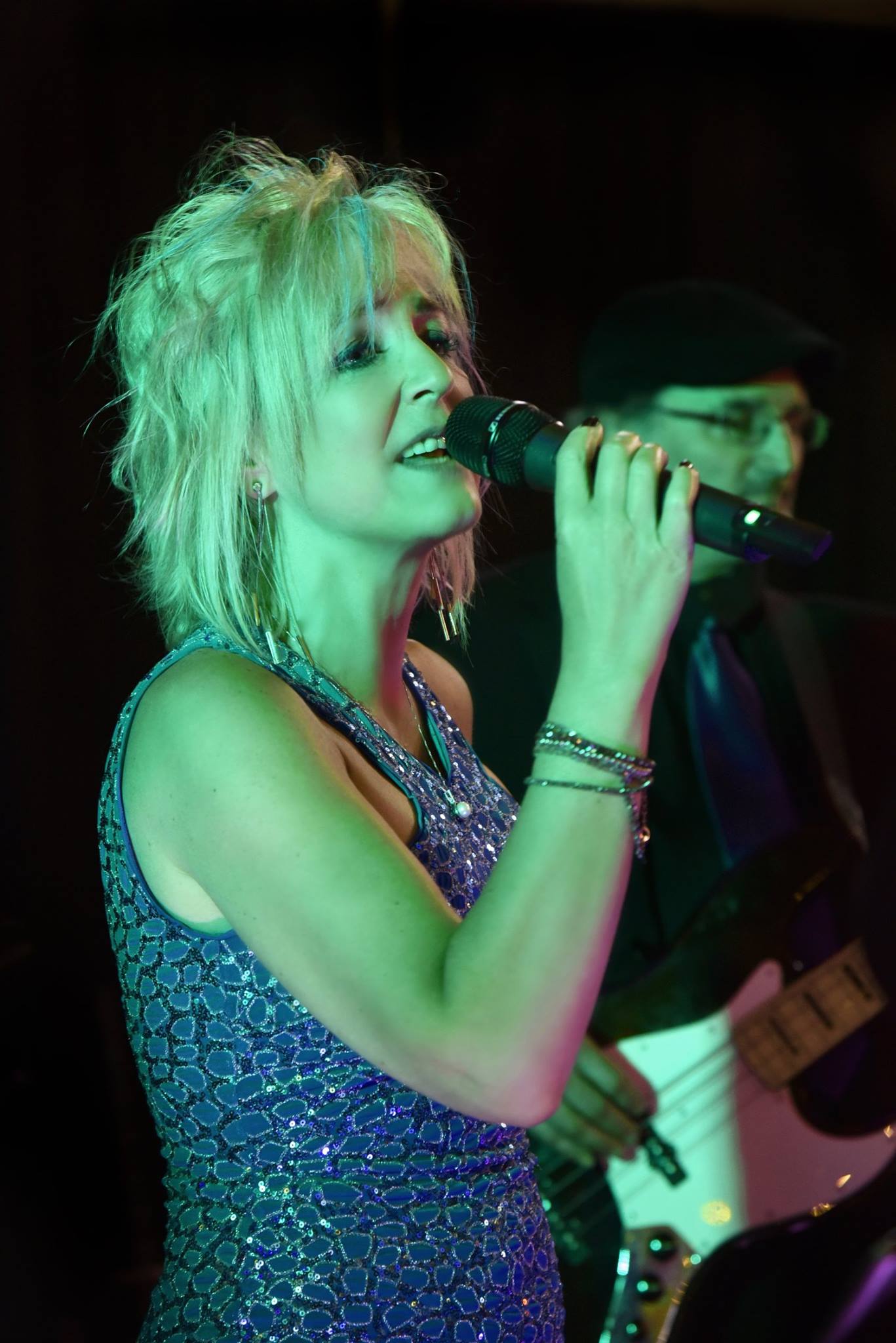

This leads into a bridge with the same “boss battle” energy as “The Only Heartbreaker,” complete with driving drums and a soaring lead guitar. An eerie synth chirps after each chorus, its melody so out of left field that it almost sounds off key.

Why didn't you stop me / And paint it over?” Once again, like in “The Only Heartbreaker,” Mitski depicts a character who pushes a relationship back and must ask her partner to make the move forward. “Why Didn’t You Stop Me?”, the second track from Be the Cowboy, poses questions that are simultaneously simple and paradoxical: “I know that I ended it, but / Why won't you chase after me?. It’s no coincidence that the first song of hers that I identified as video game-like also wrestles with the oscillation between destruction and dependency, the self and the other. She repeats sonic motifs like danceability to emphasize similarities between her songs, while combining them in different ways for novel meanings. Mitski is an artist who always takes stock of her entire body of work. As the bridge cools off into the final chorus, Mitski faintly sings, “I apologize / You forgive me.” The message is clear: Destruction begets self-destruction. In the music video, she flails among the burning trees-trees that are on fire because she set them ablaze in the first place. As the electric guitar climbs higher and higher, the sense of struggle and peril heightens. These instrumentals come through most obviously in the bridge, where a high-pitched mechanical chirp-reminiscent of the sound effects in Super Mario Bros.-sets off an epic riff that could easily fit into the chiptune boss battle music of the Castlevania titles or Undertale. Once again referencing the fiery imagery of the single’s music video, Park writes, “She rises from the ash only to succumb to a dense array of video game–like instrumentals.” In fact, the reason why Park’s review caught my attention was because it mentioned a facet of Mitski’s discography that previously I thought only I had noticed: the sound of video games. Best New Track, for sure.ĭanceability, however, is not the most exciting through-line that can be drawn between “The Only Heartbreaker” and Mitski’s previous work. It’s what made “Nobody” Mitski’s best-performing single from her last album Be the Cowboy, now an almost certain fate for “The Only Heartbreaker” among the tracklist of new record Laurel Hell. The interplay of those two features, however, creates a double-pull as the instant catchiness of the tune strikes a hypnotic dissonance with its underlying message. While bleak lyrics are typical for the artist who has earned a Spotify playlist with 70,000+ likes ranking her songs in order of sadness, Mitski dabbles much less frequently in instrumentation that reads as danceable or poppy. Bright technicolor synths, punchy drums with gated reverb, an insistent beat ripped straight from a-ha’s “Take on Me” and Pat Benatar’s aptly named “Heartbreaker”-it all harkens back to the days of VHS as Mitski sings from the perspective of the “Bad Guy” in a relationship. In one of Pitchfork’s Best New Track reviews, contributor Sue Park renders fittingly lyrical prose to describe Mitski’s newest single and music video, “The Only Heartbreaker”: “Ever the harbinger of love’s decay, Mitski chokes through a self-created inferno.” Park, along with many listeners, is quick to notice the 80s influence that permeates the track from its first measure.


 0 kommentar(er)
0 kommentar(er)
